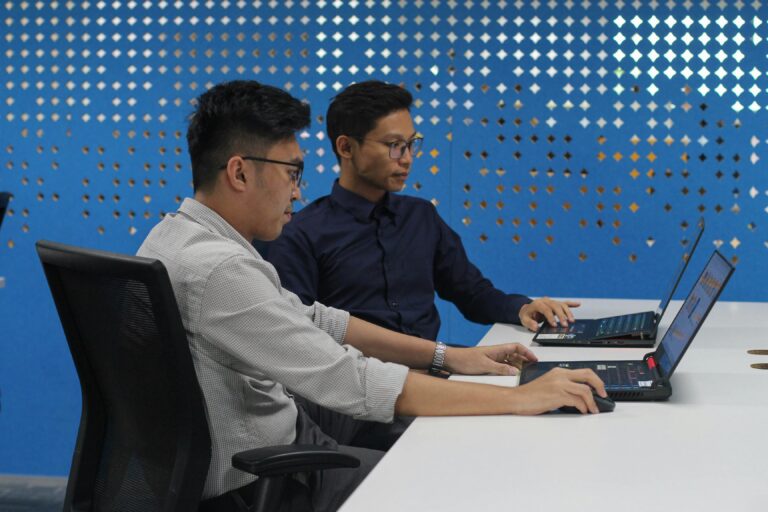How Workday® Implementation Impacts Employee Experiences

Workday® implementation is far more than a technology upgrade—it is a people-centric transformation that reshapes how employees interact with HR processes, managers, and the organisation itself. For executives, understanding the employee journey—from pre-implementation planning to post-live adoption—is critical to maximising engagement, productivity, and overall workforce value.
Pre-Implementation: Setting the Stage
Before the platform goes live, employees often experience anticipation and uncertainty. How organisations manage this phase significantly affects adoption and engagement:
- Communication: Clear messaging about upcoming changes, timelines, and benefits helps employees understand why the transformation matters.
- Expectation Management: Employees should know what will change, what remains consistent, and how it will affect their day-to-day work.
- Early Involvement: Engaging representative employees in planning and testing builds ownership and advocacy, reducing resistance later.
Strategic pre-implementation efforts lay the foundation for a smooth transition, ensuring employees feel informed and valued from the outset.
Implementation Phase: Navigating Change
During the rollout, employees are introduced to new interfaces, workflows, and processes. This phase is critical for shaping their perception of Workday®:
- Training and Enablement: Role-based, scenario-driven training ensures employees can complete tasks confidently, from leave requests to expense claims.
- Support Infrastructure: Helpdesks, digital guides, and peer support networks reduce frustration and encourage self-sufficiency.
- Early Wins: Highlighting quick, tangible benefits—like faster approvals or simplified workflows—reinforces confidence and engagement.
Employees’ initial experiences strongly influence long-term adoption. A well-managed implementation turns potential disruption into opportunity, demonstrating the platform’s value quickly.
Go-Live: The Critical Moment
When Workday® goes live, employees transition fully to the new system. Key considerations at this stage include:
- User Confidence: Ensuring staff have ready access to support and training to avoid errors or process bottlenecks.
- Process Continuity: Maintaining critical HR functions—payroll, approvals, reporting—without interruption to protect trust and operational efficiency.
- Monitoring Adoption: Tracking system usage, engagement levels, and feedback allows organisations to address issues immediately.
A seamless go-live experience signals to employees that the transformation is well-managed, credible, and valuable, fostering trust in both the platform and leadership.
Post-Live: Driving Long-Term Employee Value
The real impact of Workday® on employee experience emerges in the post-live phase, as staff interact with the system daily:
- Enhanced Self-Service: Employees gain autonomy over leave, benefits, and personal data, reducing frustration with manual processes.
- Continuous Feedback and Development: Integrated performance and learning modules support growth, development, and engagement.
- Data-Driven Decision Making: Employees benefit from actionable insights, while managers can make informed workforce planning decisions.
- Agility and Flexibility: Cloud-based access and mobile functionality support hybrid working and flexible scheduling, enhancing work-life balance.
Over time, employees perceive Workday® as an enabler of productivity, clarity, and career growth, rather than a disruptive tool.
Most Common Challenges
Even with a structured journey, organisations may encounter workforce-related hurdles:
- Change Fatigue: Continuous organisational changes can make employees hesitant to embrace new systems.
- Inconsistent Adoption: Some teams may struggle more than others, affecting overall system utilisation.
- Training Gaps: Incomplete understanding of features can lead to underutilisation or errors.
- Measuring Experience: Capturing the qualitative impact on employee satisfaction and engagement requires careful metrics and feedback loops.
Addressing these proactively ensures a positive and sustainable employee experience.
How We Help
At Clientside, we specialise in maximising employee experience during Workday® transformations:
- Change Management: Tailored programmes to reduce resistance, build confidence, and create advocates across the workforce.
- Comprehensive Training: Role-based, scenario-driven sessions ensure all employees understand how to leverage Workday® effectively.
- Engagement Monitoring: We track adoption, usage, and employee sentiment to optimise ongoing support and workflows.
- Experience Optimisation: Advising on processes, communication strategies, and feedback mechanisms to continually improve employee experience.
Our approach ensures Workday® becomes a trusted, empowering tool for employees, not just an operational system.
Key Takeaways for Executives
- A successful Workday® implementation enhances autonomy, engagement, and productivity for employees.
- Proactive communication, training, and support reduce resistance and accelerate adoption.
- Post-live engagement, analytics, and continuous improvement are essential to sustain workforce value.
- Organisations that prioritise the employee experience during implementation realise higher retention, morale, and operational efficiency.
Conclusion & Call to Action
Workday® implementations transform employee experience across the journey—from pre-implementation anticipation to post-live engagement. By focusing on people as well as processes, organisations can unlock measurable benefits in engagement, productivity, and long-term workforce performance.
Ready to ensure your Workday® implementation enhances employee experiences from day one? Connect with our support team at Clientside today to explore how we can support your workforce through every stage of the transformation journey.





